Fitbit Charge 6 vs. Fitbit Charge 5 — here’s the biggest upgrades
Here's how the best smartwatch in 2024 compares to its predecessor
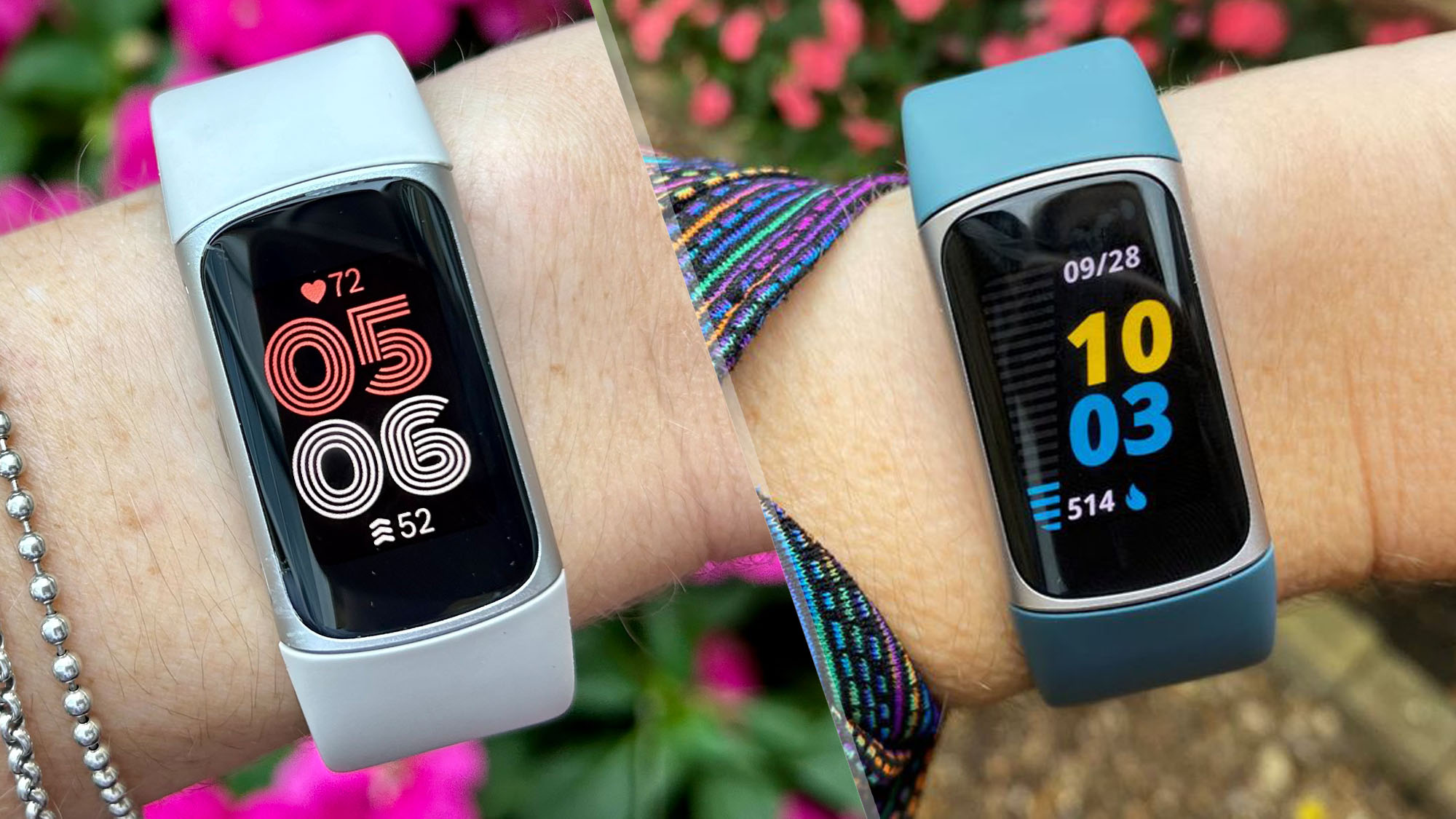
So you’re thinking of upgrading your fitness tracker and can’t decide between the current Fitbit Charge 6 and the older (and probably cheaper) Fitbit Charge 5? That's where our Fitbit Charge 6 vs. Fitbit Charge 5 comparison comes in.
As you'll see in our Fitbit Charge 6 review and Fitbit Charge 5 review, both do a lot more than just count your steps. You get built-in GPS, the ability to track your heart rate and skin temperature, a SpO2 pulse oximeter sensor to better understand your sleeping patterns, and EDA and ECG sensors.
But there are some key differences. The Charge 6 has a haptic side button, and all of Google’s apps, including Maps and Pay, making it one of the best Fitbits and fitness trackers around. We put the two trackers head-to-head to help you decide which is best for you and your goals.
Fitbit Charge 6 vs. Charge 5: Price and availability
The Fitbit Charge 6 is the newer of the two fitness trackers, launched in October 2023, but there isn’t a huge price difference between this, and the older Fitbit Charge 5. The Charge 6 costs $159.95/£139, whereas the Charge 5 cost $179.95 when it was released, although you’re likely to find it for closer to $129 these days.
The Charge 6 comes in three different colors — black, champagne gold/coral and silver/white. The Fitbit Charge 5 also comes in three different colors: Steel Blue/Platinum, Black/Graphite, and Lunar White/Gold.
Included with both trackers is six months of Fitbit Premium membership, where you can view metrics like your Daily Readiness Score. After the six months is up, you can continue it for $9.99/month or $79.99/year — here’s more on Fitbit Premium, and whether it’s worth it.
Winner: Fitbit Charge 6. Even though it’s the newer tracker with updated features, the Charge 6 is $20 cheaper than the Charge 5 was when new. Even now, there’s not much price difference between the two fitness trackers, making the Charge 6 the better choice.
Sign up to get the BEST of Tom's Guide direct to your inbox.
Get instant access to breaking news, the hottest reviews, great deals and helpful tips.
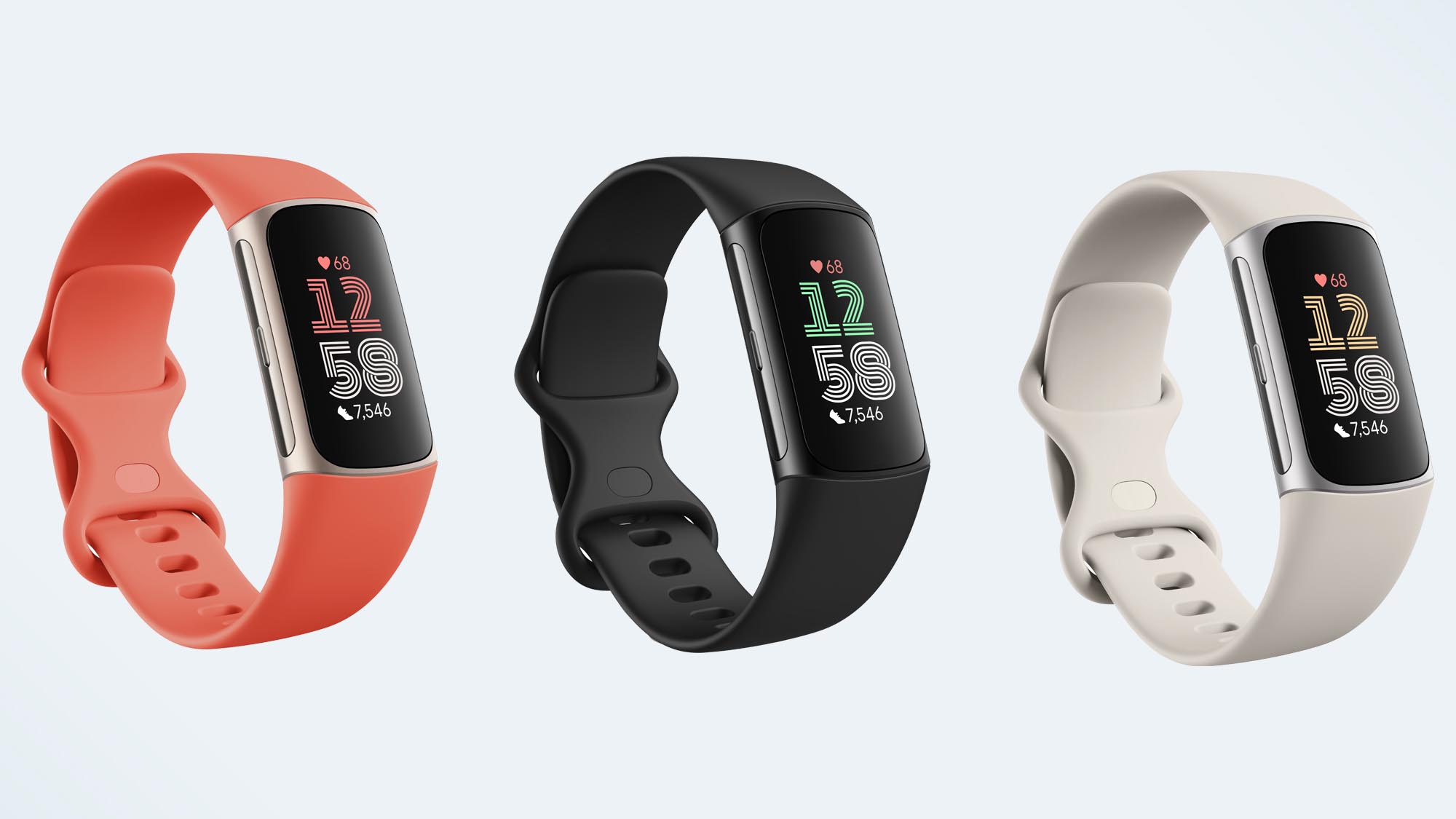
Fitbit Charge 6 vs. Charge 5: Design and display
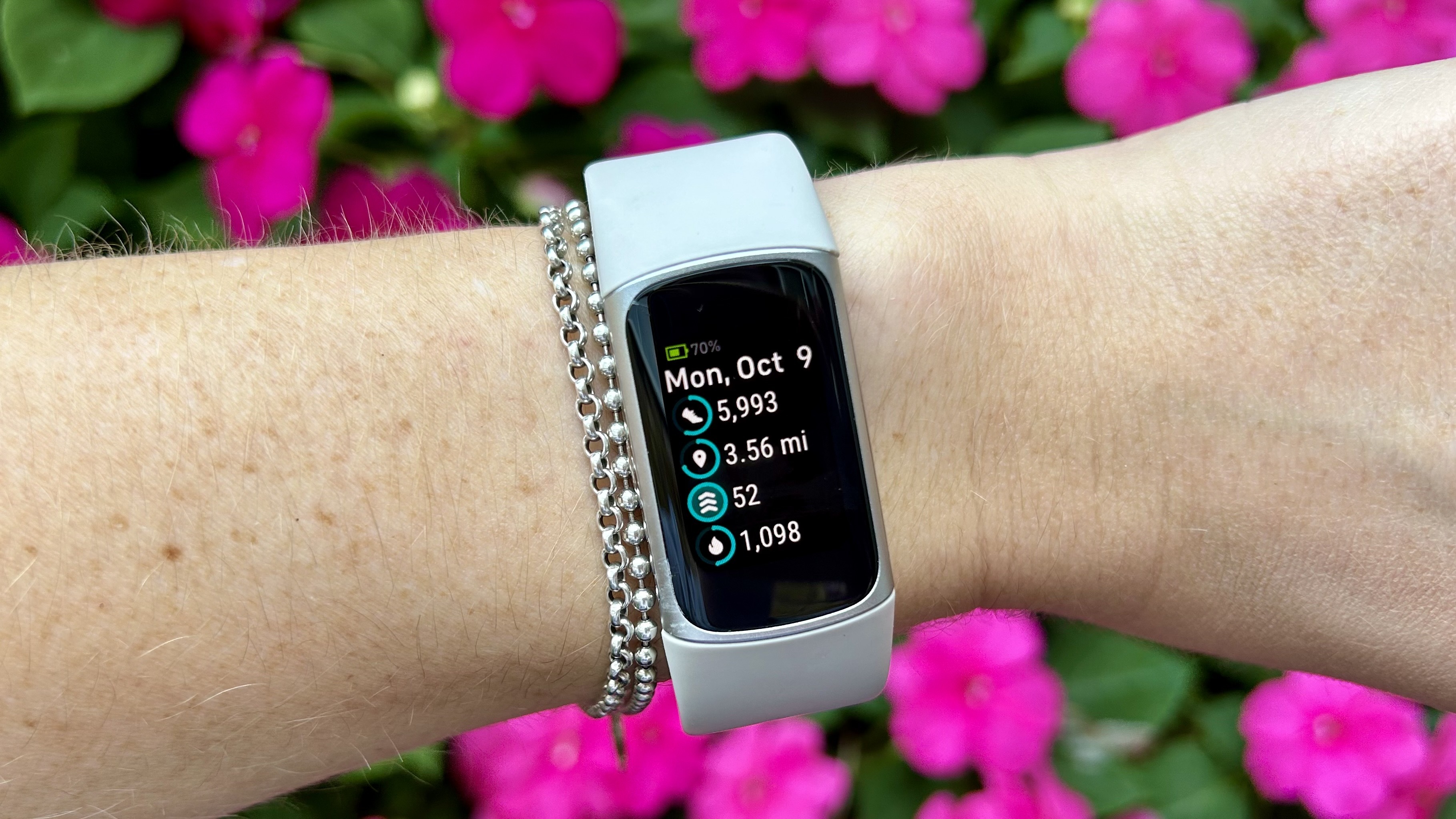
Design-wise, these two trackers look very similar — you get a nice, bright color display and a device that has gentle curves and blends seamlessly into its strap. However, there is one key Fitbit Charge 6 vs Charge 5 design difference, and that's the re-introduction of the haptic side button on the Fitbit Charge 6.
While the majority of your interactions with the Charge 6 will still involve swiping and tapping, you can now press the side button to get back to the main watch face. If you’ve started an activity, pressing the button lets you change the screen to show different metrics for that activity.
The 0.86 X 0.58-inch screen size is the same on both trackers — it’s not particularly big, but bigger than that on the Fitbit Inspire 3. When reading smartphone notifications, or your stats mid-run, you might wish you had a bigger screen, but when you’re trying to get to sleep, or wearing your fitness tracker to a meeting, you’ll appreciate the smaller, lighter, and more graceful screen of the Charge 5 and Charge 6.
Winner: Fitbit Charge 6. The haptic side button does make it easier to navigate around the watch, and we’re glad Fitbit has re-introduced it to the Charge line.
Fitbit Charge 6 vs. Charge 5: Fitness tracking
Of course, one of the big reasons you’re buying a fitness tracker is to keep tabs on your overall activity levels, and progress towards your goals. From a fitness tracking perspective, both the Charge 6 and the Charge 5 have the same sensors, but one big improvement on the newer tracker is that you no longer have to choose between six rather limited sports profiles on the tracker itself.
You can now see the full list of 40+ different sports modes from your wrist on the Fitbit Charge 6, meaning you don’t need to waste time re-organizing said list or heading to the Fitbit app if you want to try Indoor Climbing for the first time. You can also now set up pace alerts for walks, runs and bike rides from your wrist, rather than having to reach for your phone.
When you head into each activity mode, if you scroll down you can set a goal for the activity (activity zone, time, distance, or calories burned) and set laps. The laps are automatically turned off, but when you turn them on, you can be alerted every mile, or kilometer, to get updates on your pace.
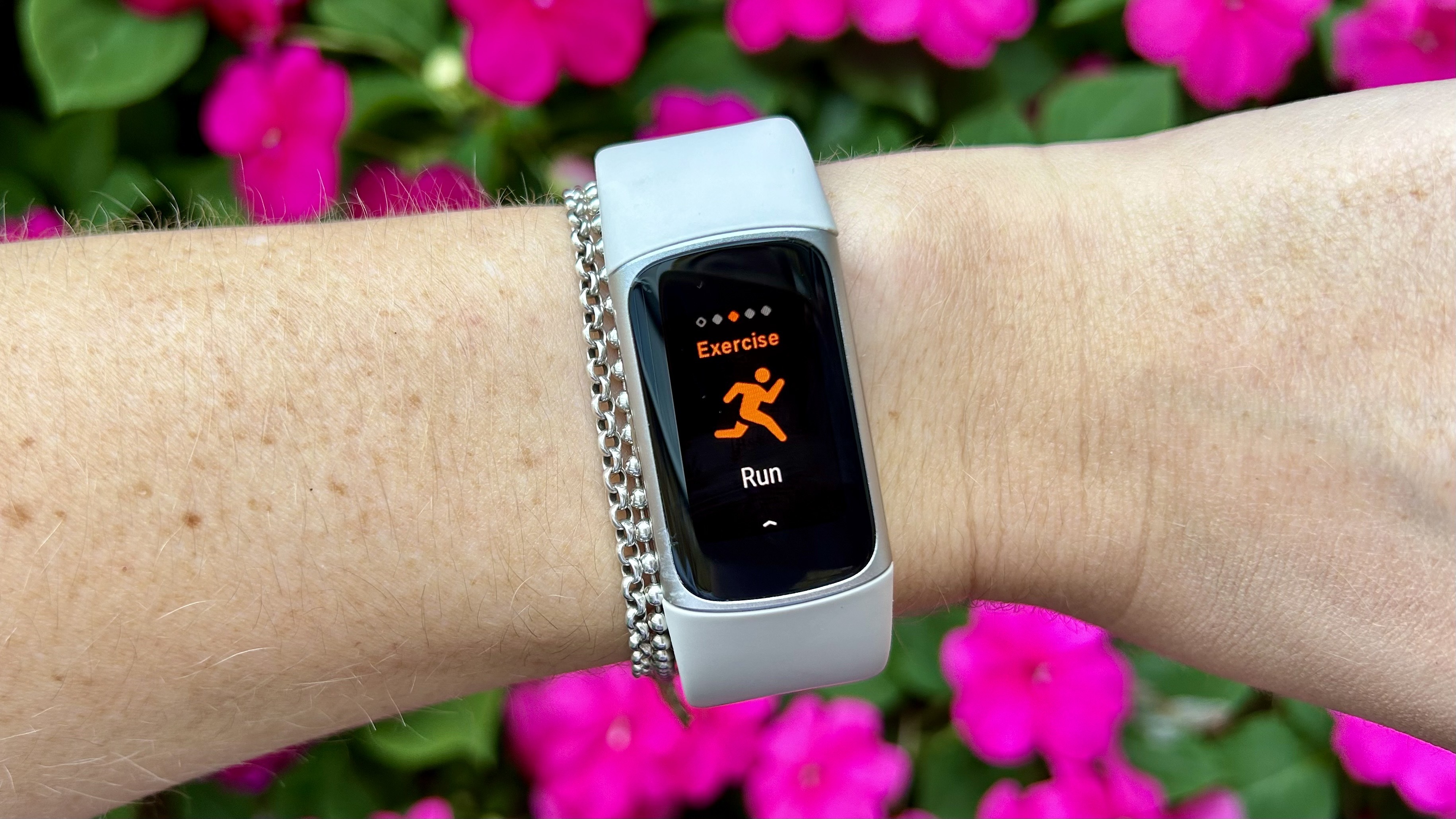
On both trackers you’ll also be able to see your Active Zone Minutes when completing a workout, and (if you don’t turn them off beforehand), the watch will buzz whenever you move into a new zone. Fitbit added Active Zone Minutes to the Charge line a couple of years ago, with the tracker measuring the time you spend in each target heart rate zone, and track your progress towards a goal of 150 minutes per week.
You’ll be able to use the Fitbit Charge 6 as an external heart rate monitor on third-party fitness equipment, whereas you can’t do this with the Fitbit Charge 5. Specifically, the Charge 6 plays nicely with Peloton, NordicTrack and Tonal equipment, with more partners coming soon.
Fitbit also said they made the heart rate sensor 60% more accurate on the Charge 6, saying it is better than any heart rate sensor on any of its previous fitness trackers. During a briefing, Fitbit also said they have done lab testing to improve the accuracy of the GPS on the Fitbit Charge 6.
Winner: Fitbit Charge 6. Even without the more accurate heart rate sensor, the added activity profiles and the fact you can now use the Charge 6 as a heart rate monitor on your Peloton Bike+ make it a better choice.
Fitbit Charge 6 vs. Charge 5: Health tracking
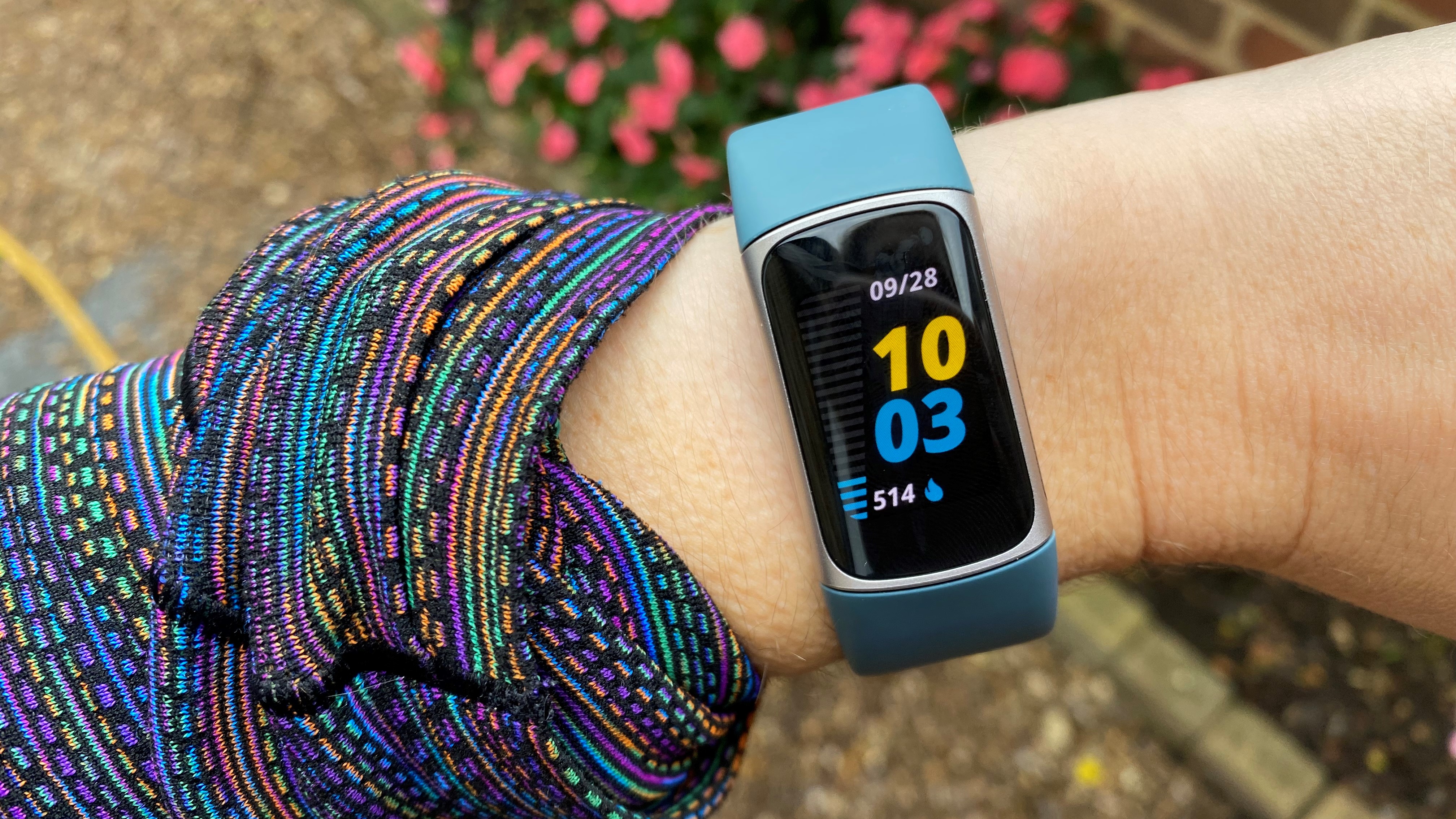
From a health-tracking perspective, both the Charge 5 and the Charge 6 have the same sensors. Both have all of Fitbit’s standard sleep tracking metrics, although, on both trackers, you’ll only be able to see your total sleep time and your sleep score from the previous night.
On the Fitbit app, you’ll be able to see your sleep score, sleep stages and set a smart wake alarm. However, you have to be a Premium user to get extra sleep data, such as a breakdown of your deep, light and REM sleep cycles.
Winner: It’s a tie. From a health tracking perspective, both trackers are jam-packed with features that make them worth looking at.
Fitbit Charge 6 vs. Charge 5: Smartwatch capabilities
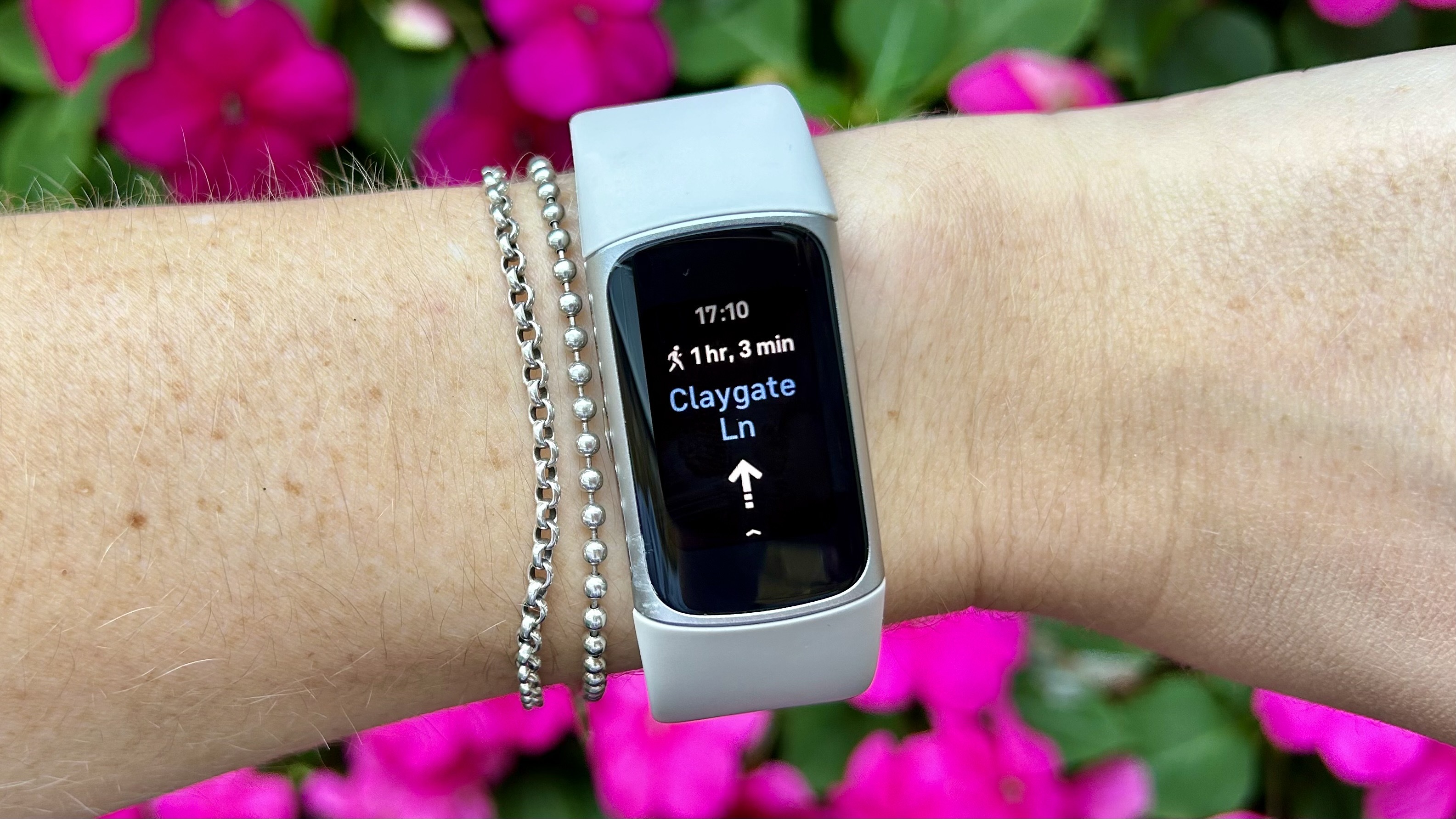
If you’re looking for an actual smartwatch, you’re much better off investing in the Fitbit Sense 2, or Fitbit Versa 4. Neither the Charge 5 or Charge 6 make it that easy to view your WhatsApp messages on the move, but I’d argue that’s probably not why you’re buying a fitness tracker.
There is one big difference between the two trackers, and that is the Fitbit Charge 6’s integration with Google. The Fitbit Charge 6 has Google Apps built-in. This includes Google Maps, which can be handy if you’ve lost your way mid-run, and Google Pay, which allows you to make payments from your wrist. All Fitbit Charge 6 users will need a Google account when setting up the fitness tracker. It’s the first tracker to get these Google features since Google bought Fitbit a few years ago.
You can also control music playback on the Charge 6. That’s nice, but it’s a real shame that it only works with Google-owned YouTube Music, and not third-party music apps like Spotify — a feature that had been available on some Fitbit devices before its acquisition by Google.
With the Fitbit Charge 5, you can use Fitbit Pay to make payments from your wrist. You also cannot use Spotify on this tracker.
Winner: Fitbit Charge 6. If you can put aside any hard feelings about the Google takeover, it does mean the Charge 6 has a lot more useful apps than the Charge 5.
Fitbit Charge 6 vs. Charge 5: Battery life
Fitbit says you should be able to use both the Charge 5 and the Charge 6 for seven days without having to re-charge. During testing, we found this to be accurate, but features like the always-on display will drain your Fitbit’s battery life much faster.
One clever feature is that you can set the Charge 6 to use your phone’s GPS when it’s in range, and automatically switch to its internal GPS if you leave your phone behind.
Winner: It’s a tie. Both fitness trackers have a decent battery life, and you could easily go away for a long weekend without having to worry about packing your charger.
Fitbit Charge 6 vs. Fitbit Charge 5: Verdict
Compared to my comparison of the Fitbit Charge 6 vs Fitbit Inspire 3, this one feels much more obvious — don’t buy the Fitbit Charge 5, even if it’s on a discount, as the Fitbit Charge 6 is a far better fitness tracker. As well as the Google apps, the fact you can sync the tracker to gym equipment, and see more sports modes on your wrist makes it easier to get more out of the Charge 6.
What’s more, from a price perspective, the two are pretty similar, and you’re getting more for your money with the Fitbit Charge 6. If you’re on a budget and don’t want to spend more than $100 on a fitness tracker, the Fitbit Inspire 3 is also brilliant, and while it’s not quite as high-tech as the Charge 6, it does a great job of tracking the basics.
More from Tom's Guide:

Jane McGuire is Tom's Guide's Fitness editor, which means she looks after everything fitness related - from running gear to yoga mats. An avid runner, Jane has tested and reviewed fitness products for the past five years, so knows what to look for when finding a good running watch or a pair of shorts with pockets big enough for your smartphone. When she's not pounding the pavements, you'll find Jane striding round the Surrey Hills, taking far too many photos of her puppy.
